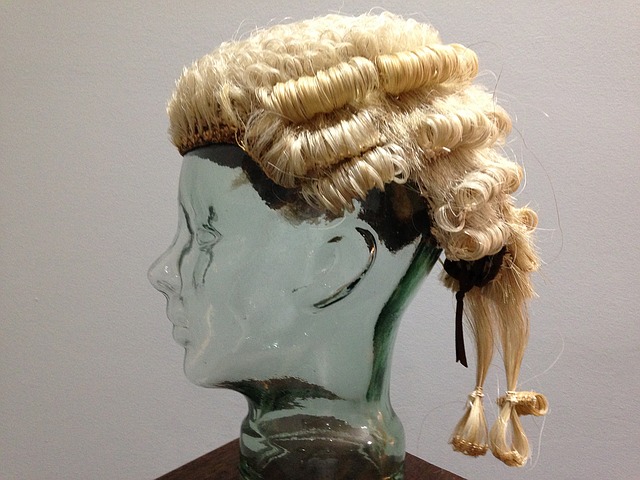Received a subpoena? 12 tips for speech pathologists
When working with kids, most of us try to provide family-centred healthcare. The upsides include better therapy and real world outcomes. But the downsides can include getting embroiled in family and other disputes, including Family Court and other litigation. If you’re in private practice and work with kids, you should expect to receive the odd…

